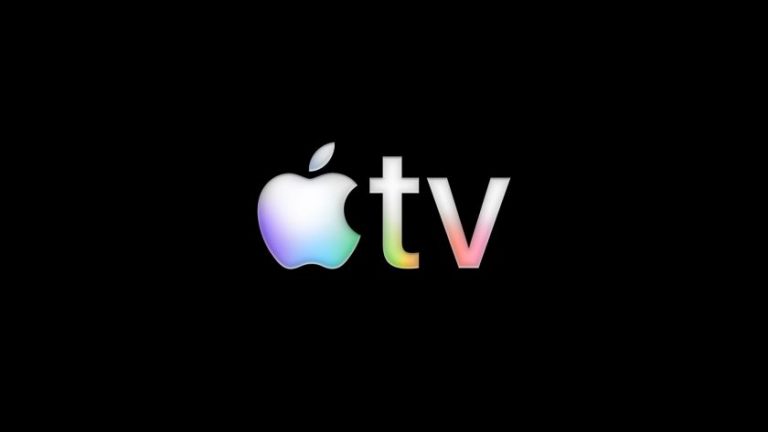Icons and pictograms are so important to our society, yet even designers don’t discuss them all that much. A new book explores their evolution and impact in our increasingly visual digital world.
In an increasingly visual world, icons and pictograms have become the universal language of design. A new book from independent British publisher Counter-Print delves into this fascinating realm, showcasing how these tiny symbols shape communication in the digital age.
The book comes at a time when concise communication is more crucial than ever. From text messages to social media posts to brand identities, icons and pictograms have become essential tools for conveying information rapidly and clearly.
Iconic: Icons and Pictograms in Design Today offers a comprehensive look at the pivotal role these visual elements play in modern graphic design. So we were keen to chat to co-founder Jon Dowling of Counter-Print about the book’s significance.
Visual shorthand
We start by asking where the idea came from. “We’re always trying to come up with new themes for books,” says Jon. “But there are a number of ideas we’ve wanted to make a reality for several years. Some themes seem a little dry until you figure out the twist. ‘Iconic’ was one such book.
He continues: “We’d wanted to create a book on pictograms for years but found the theme a little dry when only focused upon way-finding, for example. When we started to think about how contemporary designers were using icons and pictograms as a visual shorthand – integrating them into their work to create a new sort of graphic language – the theme started to feel really vital and contemporary. The book doesn’t only deal with this; many examples are quite literal, but it was an exciting discovery.”
This leads us to our next question: is there a difference between icons and pictograms? “I think there is a difference between the two,” Jon responds. “Which is why we make the differentiation in the book’s subtitle. Icons are more illustrative, often abstract – creating a visual signifier for a sub-branding within an organisation, for example.
“Meanwhile, I see pictograms as more literal – ‘this is the way to the stairs’, ‘these are the toilets’, etc. We’ve tried to include both and concentrate on the most creative uses we could find.”
Deep dive
As you’d expect from Counter-Print, the book deeply dives into the topic. “The foreword was fun to write, and I tried to give an overview of the evolution of icons and pictograms, though there is a lot to fit in,” says Jon.
“Visual communication has ancient roots,” he adds, “originating from early human languages composed entirely of pictograms and ideograms. These visual signs have evolved significantly, finding their place in road signs, branding and digital interfaces. Margaret Calvert’s work on UK road signs is a notable example of how simplicity and clarity in pictograms can enhance communication”.
The digital era brought further innovation with the creation of pixel art icons in the 1980s, pioneered by designers like Susan Kare for Apple Macintosh. “We see a few projects in the book that hark back to this timeframe,” says Jon. “This era also saw the introduction of isometric design, adding depth to flat screens and advancing graphical user interfaces. Skeuomorphism, promoted by Steve Jobs, made digital icons more lifelike, leading to diverse styles ranging from realistic to minimalistic designs.”
Emojis also represent a significant milestone in icon evolution, transforming from a Japanese communication form into a global language that adds emotional depth to digital interactions. “Apple’s beautifully crafted emojis and Animoji illustrate the ongoing innovation in this field.
In modern branding, icons, pictograms, and emojis have become incredibly important to user interaction, and this is really what the book explores, as opposed to the history.”
Case studies
The book is packed with case studies, and Jon shares a couple of personal favourites. “The ‘gogo’ project by MEAT is a fantastic blend of nostalgia and modernity,” he begins. “I love how the 8×8 pixel grid representing food offerings brings a playful, videogame-themed aesthetic to a fast food and convenience store brand. The chunky, pixelated icons are humorous and evoke a sense of nostalgia, reminding us of the 8-bit era of gaming.”
He points to the Samsung Galaxy S23 launch event by Studio Werk as another brilliant example of an innovative use of icons. “The use of the phone’s camera lens design, three consecutive circles, to represent various features of the Galaxy S23 is both subtle and impactful. It’s impressive how this motif was used to convey connectivity, high-resolution capabilities, sustainability, gaming, and low-light performance without directly showcasing the product.”
He’s also a big fan of León Romero’s project for the Barcelona Center for Contemporary Culture (CCCB), which is why it’s the first project in the book. “First, the challenge of creating a cohesive identity and communication campaign for four distinct frameworks, Alia, Bioscopi (Bioscope), Escola en Residència (School in Residence), and Diàlegs amb Mediadors a les Expositions (Conversations with Exhibition Mediators), is incredibly complex.”
“Romero’s solution to this challenge was both innovative and effective,” he adds, “By developing unique iconographic elements for each framework, they managed to unify the diverse programs under a shared visual language while ensuring each one remains distinct and easily recognisable.
“This approach simplifies the communication of each program’s unique content and emphasises the importance of visual communication in making culture accessible and democratic.”
It all adds up to a fascinating investigation into an important topic that most designers rarely pay much attention to. “The work is collated from around the world, and it’s interesting, to me, how little explanation is required to understand it,” notes Jon. “This has to largely be down to the use of pictograms or icons.
“These devices help break down language barriers through their efficiency, universality and ability to convey complex ideas quickly. In the fast-paced digital age, icons and pictograms provide a space-efficient and time-saving means of communication that transcends linguistic differences, aligning with the brevity of texting and social media.”










